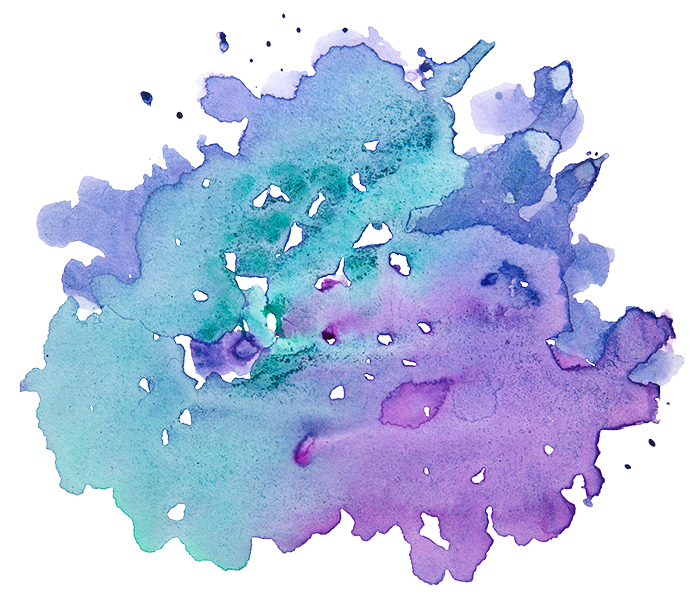Written by Rabbi Joshua Heller
As a the senior rabbi of a B’nai Torah, a growing Conservative-affiliated congregation, I’m called upon to wear many “kippot:” teacher of Torah, pastoral counselor, Judaic scholar, administrator, fundraiser, ersatz (substitute) cantor, occasionally even software debugger. Fortunately, I can point to a part of my rabbinical school training that prepared me for each of those responsibilities.
And then there are the days when my attention turns to plumbing and grout. Our congregation hosts the mikveh which serves much of the Jewish community of Atlanta, Georgia, and when I came to the congregation over seven years ago, I inherited the role of “Rav Hamachshir”-supervising rabbi, of ensuring its ritual suitability for users across the spectrum of Jewish observance and commitment.
There was, indeed, a lot to learn. The rules for what makes a “kosher” Mikveh have their roots in just a few scattered biblical verses which speak of immersion in “living” water, and compare that water to springs or the ocean. The Shulchan Aruch – the classic code of Jewish law, devotes just one siman, one section, out of over 1700, to the topic. And yet, that one section is one of the longest in the whole book, and there is indeed a whole literature on the ritual standards for a Mikveh. How can water be gathered while maintaining its “living” status? What materials and construction techniques are required? What’s the minimum amount of truly “living” water required, and how can that amount be leveraged and brought into contact with other waters to “enliven” them? Conversely, what substances or practices could potentially invalidate a previously kosher Mikveh? There are also practical questions: what if it doesn’t rain? How can you tell if the Mikveh has sprung a leak sufficient to render it non-kosher?
I did not come into this task totally unprepared. Years earlier, the practicalities of Mikveh construction and maintenance had not been part of the Jewish Theological Seminary’s rabbinical school curriculum, but I happened to catch a class with the one teacher, on the edge of retirement, who covered the rules of mikveh construction in some depth. In the months that I knew that I was coming to B’nai Torah, I undertook to personal study to learn what I needed to know, spoke to the Orthodox Rabbi who had designed the mivkeh originally, and got to learn quite a bit on the job (our long-tenured non-Jewish custodian could tell me the history of every knob and fitting).
And yet, the task of Rav Hamachshir was a challenging one. Aside from navigating the intricacies of the law itself, there are relatively few reference works on the practicalities of mikveh maintenance, and even then they may not anticipate every possible question. I learned that there are very few outside of the Orthodox world with expertise in these issues, and many of those within that world are not comfortable consulting “across the aisle.” Our hundreds of annual users in Atlanta depend on me to come up with the “right” answers to ensure a kosher mikvah, while doing my best to avoid downtime.
It is for that reason that I was so excited to attend the Mayyim Hayyim Mikveh Construction and Maintenance Training in Los Angeles. Having the opportunity to sit with a revered senior colleague, Rabbi Ben Zion Bergman, who had designed a number of Mikvaot, as well as others, like Rabbi Scott Rosenberg and Carrie Bornstein who had hands-on experience, was a once-in-a-lifetime opportunity, and I am grateful to Mayyim Hayyim, as perhaps the only institution that could have convened such a group.
We enjoyed the close camaraderie that comes from spending two days straight in the same conference room. Our conversations ranged from the theoretical implications of different definitions of flowing water, to the size and volume of a typical Mikveh user, to ancient techniques for ice-making. Each of us brought our own waters to the conversations, and found them enlivened by contact with the living water of others. We each bring deeper knowledge back to our home communities.
However, the most valuable part of the gathering was the expectation that the conversation will continue. We have begun developing a community of practice- colleagues who can continue to study and sharpen each other’s skills, who can serve as as transmitters of expertise, and who can be available for consultations with each other and with Mikvaot around the country.
Once of the conceptual underpinnings of the concept of mayyim hayyim, living water, is that we cannot make water into living water on our own. We require a natural process, a transition in state, or contact with other waters, to effect the change. For two days in Los Angeles, we brought the waters together, and they came to life.
Rabbi Joshua Heller is in his eighth year as Senior Rabbi of Congregation B’nai Torah in Sandy Springs, Georgia, which is one of the fastest-growing Conservative congregations in the U.S., and in that role serves as Rav Hamachshir (supervising Rabbi) of the mikvah hosted there. Heller is chair of the “Rites and Rituals” subcommittee of the Committee on Jewish Law and Standards, a body of 25 rabbis who offer guidance to the Conservative movement in matters of Jewish law and practice. Heller graduated from Harvard University Magna Cum Laude in computer science, published original research in the “Journal for Computational Neuroscience,” and then opted out of the dot-com boom to become a ninth generation rabbi. He was ordained at the Jewish Theological Seminary, where he created one of the first on line degrees in Jewish studies. He spent three years after 9/11 as the rabbi of “The Downtown Synagogue,” one of the synagogues closest to the site of the World Trade Center.


